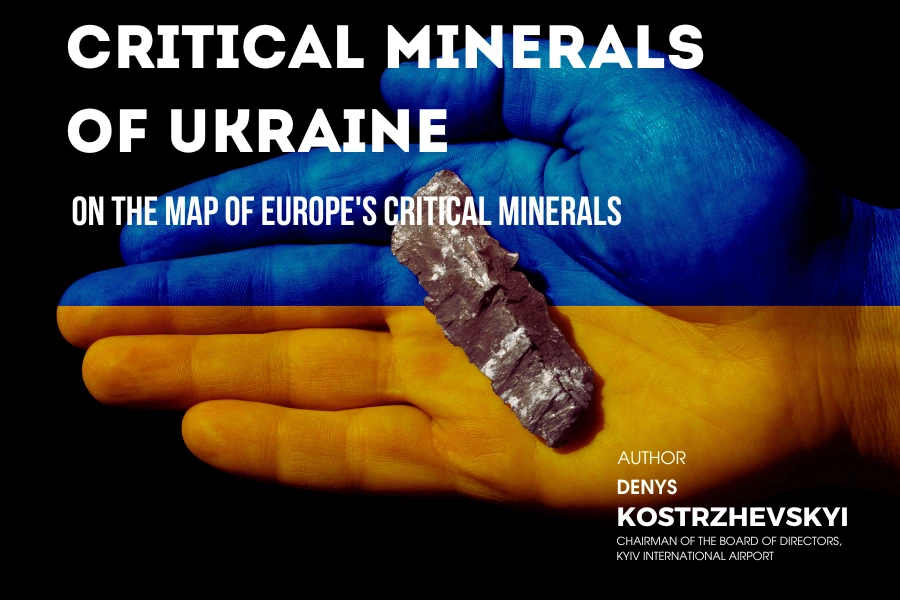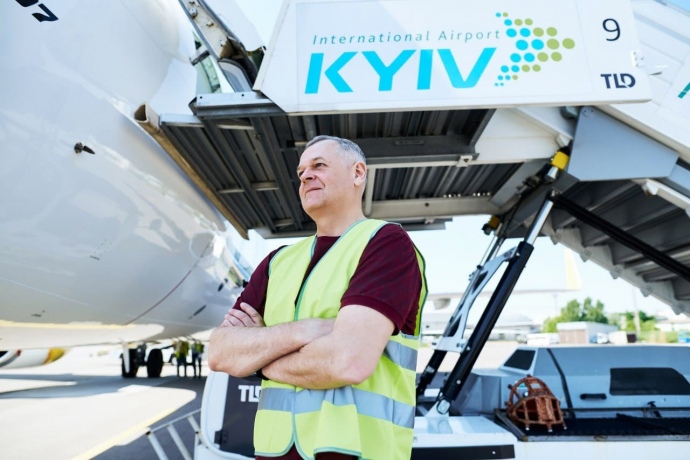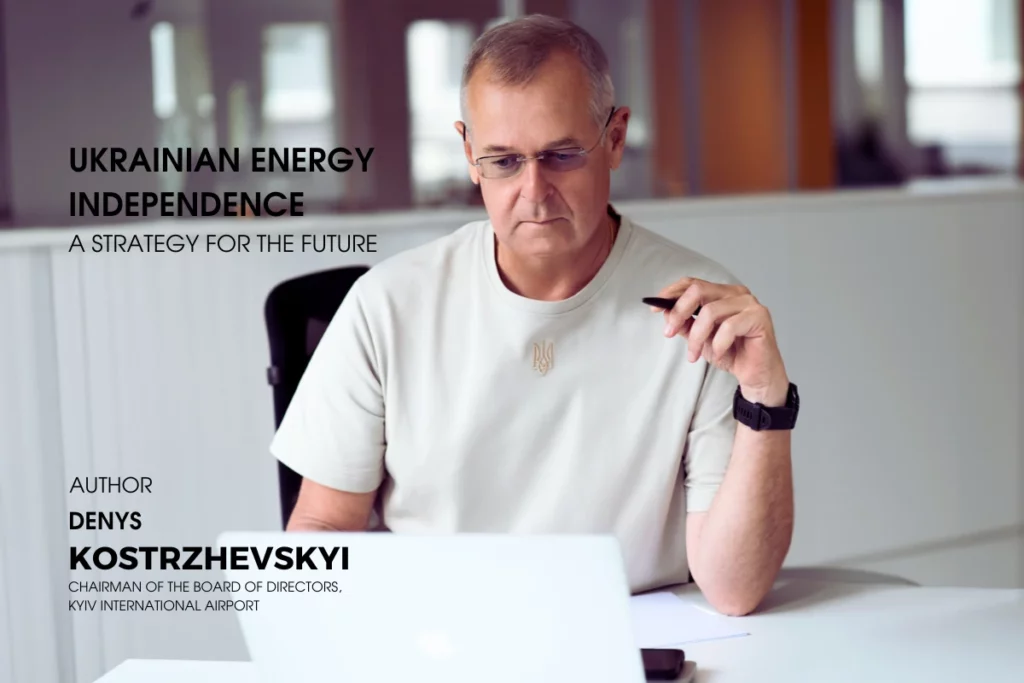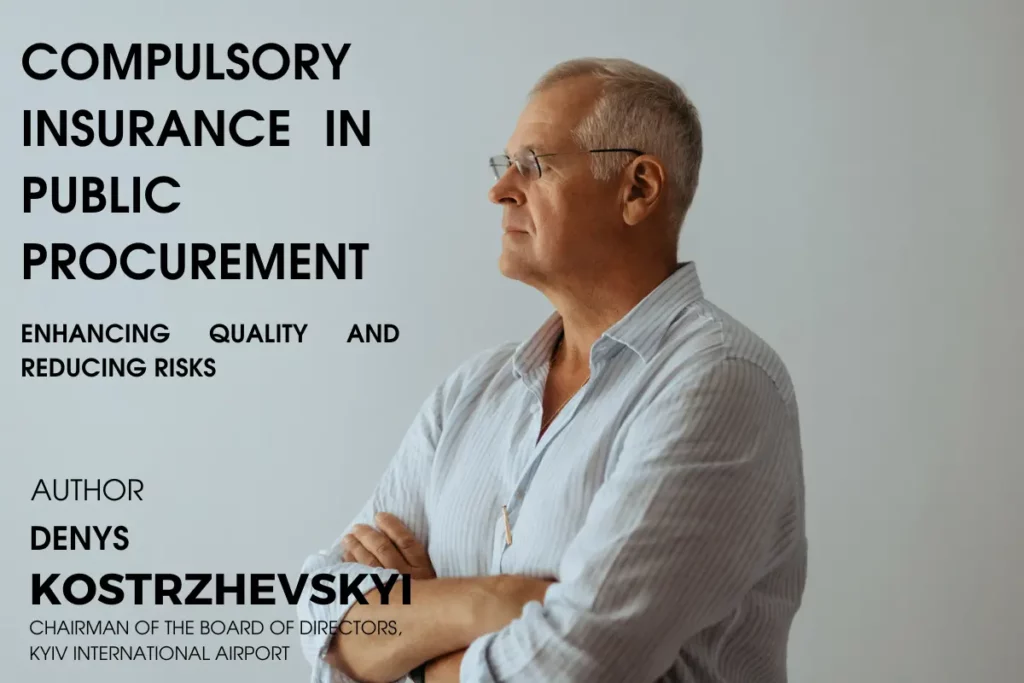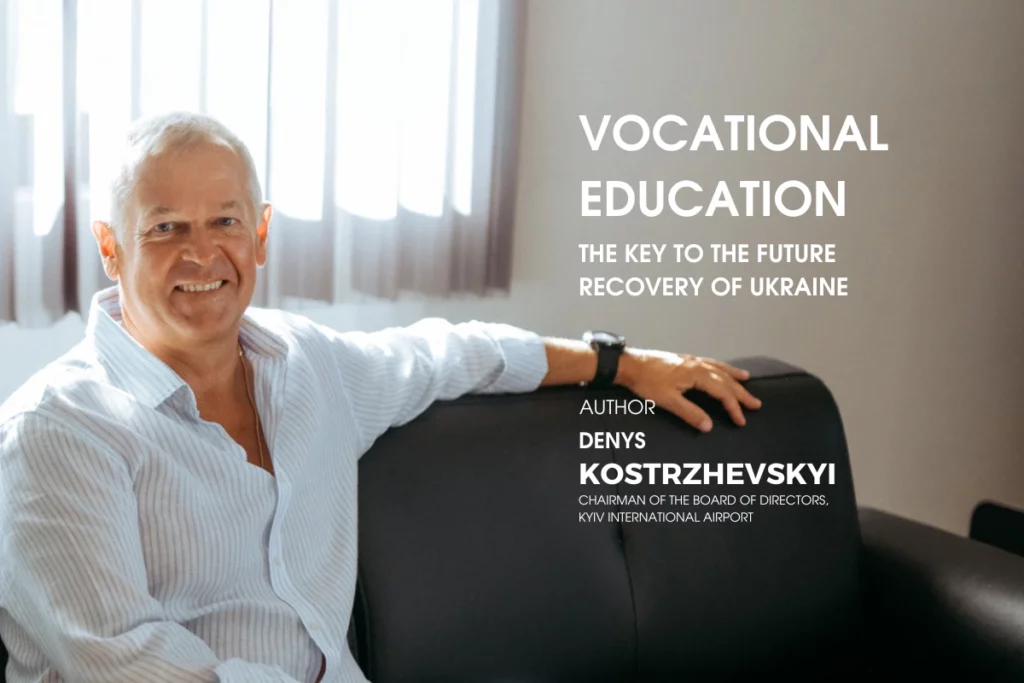Ukraine’s Critical Minerals: Strategy, Investment, Reconstruction
By Denys Kostrzhevskyi, Chairman of the Board of Directors of Kyiv International Airport, expert in public–private partnerships.
When analysing the potential of Ukraine’s extractive industry, one can say with confidence that—given timely and competent strategic planning supported by appropriate legislative reforms—our country stands on the verge of a historic transformation. The critical minerals abundant in Ukraine are not merely an export commodity; they represent the foundation for post-war economic recovery and a technological leap forward.
Ukraine on Europe’s Critical Minerals Map
Ukraine’s potential in critical minerals is not hypothetical but real. This is not a matter of “we may have something”, but of tangible deposits officially designated by the Cabinet of Ministers of Ukraine as resources of strategic and critical importance (Resolution No. 845 of 14 July 2025).

What lies behind the notion of criticality? Lithium, cobalt and natural graphite are indispensable for electric vehicle battery production. Rare earth elements are essential for permanent magnets used in wind turbines and electric motors. Titanium is crucial for aerospace, medical and automotive industries. Without these materials, neither the green nor the digital transition—discussed across the world—can be achieved.
According to the Ukrainian Geological Survey, Ukraine holds around 5% of global reserves of critical mineral resources (CRM).
This is not simply a figure; it is a strategic asset in the global economy. Ukraine ranks within Europe’s top ten in titanium reserves (7% of global deposits), lithium (one of the largest reserves in Europe—around 500,000 tonnes), graphite (20% of global resources), nickel, manganese and rare earth elements. Before 2022, Ukraine was a significant supplier to Europe of steel slabs, titanium, lithium, gallium, iron ore and manganese.
Despite the war, the mining industry continues to operate, although many deposits lie in areas affected by hostilities and cannot be actively developed at present. This does not mean, however, that strategic planning can be postponed. Quite the contrary — now is the time to lay the foundations for maximising the economic value of these resources after the war.
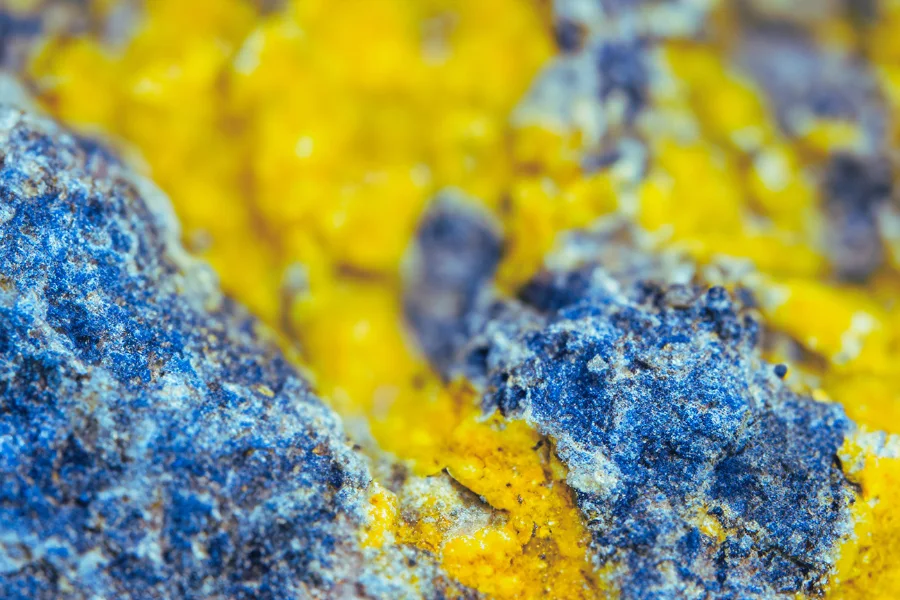
Strategic Partnerships: From Brussels to Washington
In July 2021, Ukraine and the EU signed a Memorandum of Understanding on strategic partnership in raw materials. This document became the first concrete outcome of intensified cooperation between Ukraine and the EU under the European Green Deal and the EU Industrial Strategy.
The Memorandum defines three priority areas:
Regulatory harmonisation — aligning Ukrainian mining legislation with EU standards and integrating ESG (environment, social, governance) criteria into all activities.
Supply chain integration — involving Ukrainian stakeholders in the European Raw Materials Alliance and the European Battery Alliance, modernising extraction and processing processes.
Research and innovation — strengthening cooperation under Horizon Europe.
Ukraine has also joined the Minerals Security Partnership (MSP) — a global initiative led by the United States involving 23 partners, including Argentina, Australia, Canada, EU member states, Japan, Kazakhstan, Namibia and others. MSP commits to supporting only those projects that meet internationally recognised ESG standards, promote local value-added production and improve community wellbeing.
The most debated development was the Ukraine–US mineral resources agreement. Following lengthy negotiations linked to President Zelenskyy’s “Victory Plan”, on 30 April 2025 US Secretary of the Treasury Scott Bessent and Ukraine’s First Deputy Prime Minister Yuliia Svyrydenko signed an economic partnership agreement establishing a Reconstruction Investment Fund. Under this arrangement, Ukraine will contribute 50% of future revenues from state-owned natural resources to a jointly governed fund, while the US will provide financing, technologies and defence assistance. The agreement resolved all political debates—on 8 May 2025 the Verkhovna Rada ratified it unanimously, with no votes against or abstentions.
Investment Potential: European, American, Asian
According to projections by the International Energy Agency (IEA), the global market for critical minerals required for the energy transition will reach USD 500 billion by 2040. With substantial reserves of lithium, nickel and cobalt, Ukraine cannot remain a bystander in this transition.
The European Union, having adopted the Critical Raw Materials Act in 2024, selected its first strategic projects in March and June 2025. The European Investment Bank (EIB) and the European Bank for Reconstruction and Development (EBRD) are prepared to mobilise financial instruments for projects in Ukraine that comply with EU sustainable finance regulations.
The United States, via the International Development Finance Corporation (DFC), plans to engage not only federal resources, but also American and European technologies and private investment. Since late 2024, France’s Defence Minister Sébastien Lecornu has been negotiating with Ukraine on rare earth elements for the French defence industry.
Japan, another MSP partner, is seeking to diversify its supply chains by reducing dependence on China.
International experts estimate Ukraine’s reconstruction needs—housing, infrastructure and industry—at up to USD 1 trillion. The mining sector must supply the raw materials for this reconstruction: steel, metals, construction materials. Above all, critical minerals can attract long-term investment, create jobs, develop technologies and shape a modernised economy.
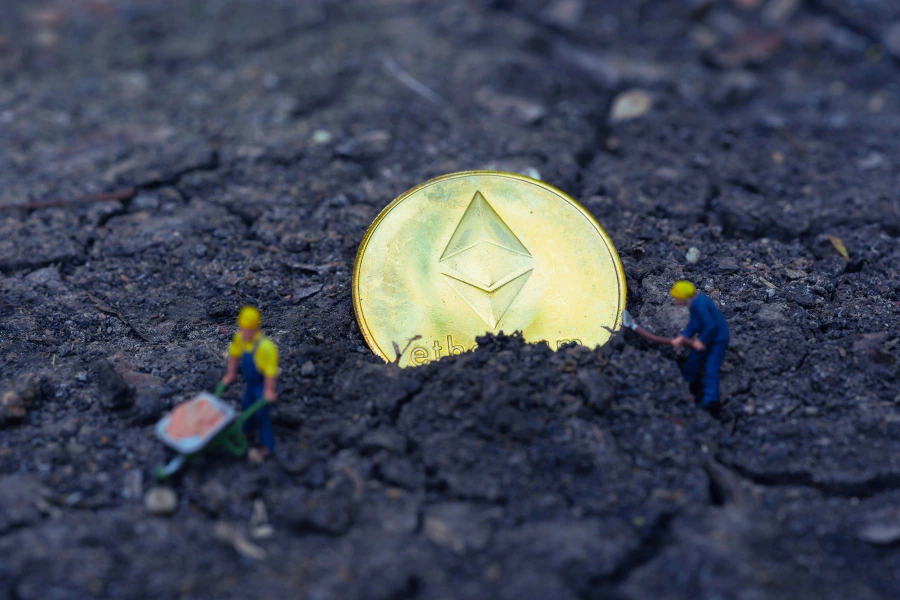
Avoiding the “Raw Material Trap”: Why Processing Must Be in Ukraine
A crucial risk, frequently discussed in professional circles, concerns the danger of Ukraine focusing solely on raw material exports and falling into the “raw material trap”. History offers countless examples of resource-rich countries remaining poor because they exported raw materials while importing high-value finished products.
A look at global CRM markets highlights the challenge: China controls 90% of global rare earth processing, over 50% of cobalt, lithium and nickel refining. Europe consumes 25–30% of global metals but, until recently, invested only around 4% in mineral exploration.
This is why Ukraine’s Memorandum with the EU explicitly prioritises not only extraction but processing. Ukraine must aim not merely to mine lithium but to produce batteries; not to export titanium ore but to expand its aerospace industry; not to sell graphite but to manufacture EV components.
Large-scale processing capacities will become viable only after the cessation of hostilities, once secure conditions for building plants and attracting long-term investment emerge. However, preparations must begin now: drafting technical projects, securing technology partners, training specialists, and shaping the legal framework.
ESG Standards: From Declaration to Implementation
A subject often met with scepticism among domestic entrepreneurs—but one that is essential for attracting Western finance—is ESG compliance.
Ukraine has already initiated several key discussions. In October 2024, at the 8th MINEX Europe Forum in Prague, Ukraine presented its critical raw materials projects and examined regulatory, financial and environmental challenges. Ukraine is also an active participant in the MSP, where ESG compliance is considered an “imperative” for responsible supply chains.
What do ESG requirements mean for Ukraine’s extractive sector?
Environmental (E):
- Minimising environmental impact using green technologies
- Decarbonising extraction processes
- Effective waste management and land rehabilitation
- Environmental monitoring through satellite technologies and Earth Observation/Copernicus
Social (S):
- Fair labour conditions and adequate wages
- Worker safety
- Development of mining-affected communities
- Transparency and public involvement in decision-making
- Consultations with local populations
Governance (G):
- Transparent licensing procedures
- Anti-corruption safeguards
- Sound corporate governance
- Reporting in line with international standards
In practice, Ukrainian companies must implement environmental management systems, obtain international certifications (ISO 14001, Global Reporting Initiative), conduct independent audits and publish sustainability reports. Without these measures, Western investors and development banks will simply not consider projects.
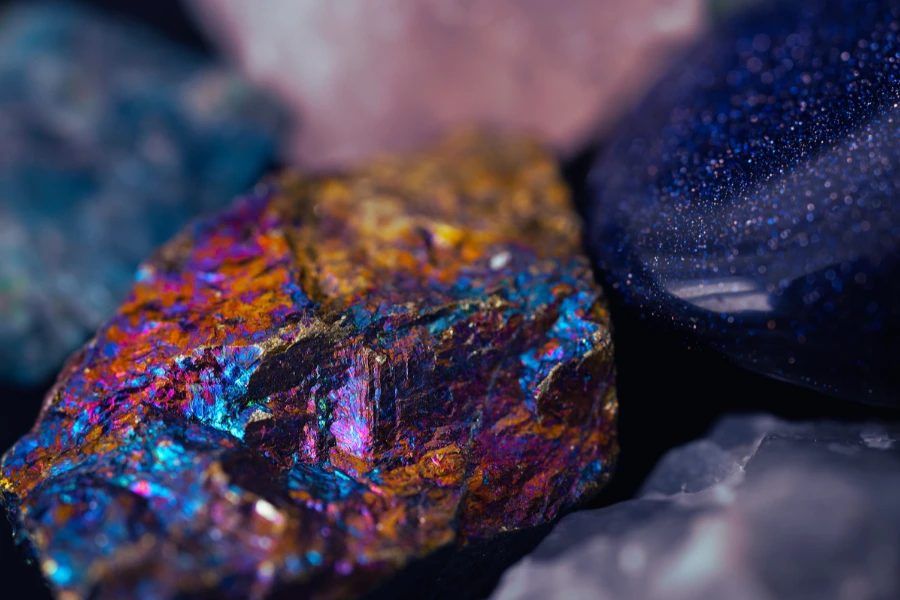
Licensing Reform: A Prerequisite for Trust
Governance and transparency are inseparable from ESG. Ukraine’s licensing system requires deep reform:
- Digitalisation and harmonisation of geological and mining documentation
- Creation of a “data room” — a digital repository of geological reports
- Declassification and re-evaluation of reserves according to international standards
- Open, competitive extraction auctions
All these steps aim to reduce corruption risks and rebuild investor trust—one of the core concerns expressed by European investors.
Creating a transparent, predictable system—where rules are clear, geological information is accessible and procedures are standardised—is not merely a technical task. It is a matter of trust, without which large-scale investment is impossible.
War-Time Realities
Many deposits lie in or near combat zones. Companies continue operating under extreme conditions, yet they persist. According to Trading Economics, mining’s share in GDP has even increased, underscoring its strategic importance.
After the war, Ukraine will need to rebuild not only infrastructure, but also trust, reputation and supply chains. Critical minerals can become a locomotive of recovery. Demand for them will only grow as the world transitions to green energy—an irreversible trend.
Conclusions and Outlook
Several key points arise from this analysis:
- Ukraine has a unique opportunity to become a major global player in critical minerals — but only with the right strategy.
- Partnerships with the EU, US and Japan offer access to capital, technology and markets. Maintaining balanced national interests is essential.
- Developing domestic processing capacity is a strategic priority that will generate value-added, jobs and technological progress. Preparations must begin now.
- ESG compliance is not bureaucracy; it is a prerequisite for Western investment and must become part of Ukrainian corporate culture.
- A transparent, modernised licensing system is fundamental to investor confidence.
Ukraine’s critical minerals are not merely a geological fact—they are a strategic asset and a pathway to economic renewal. As an expert and as a citizen, I firmly believe that after victory, Ukraine can become not a supplier of raw materials, but Europe’s high-technology processing hub for critical minerals.
But decisions must be taken now. Unlocking this potential requires sound policy, transparency, adherence to high standards and a long-term vision.
Denys Kostrzhevskyi
Chairman of the Board of Directors of Kyiv International Airport,
Expert in public–private partnerships.
